Berlin
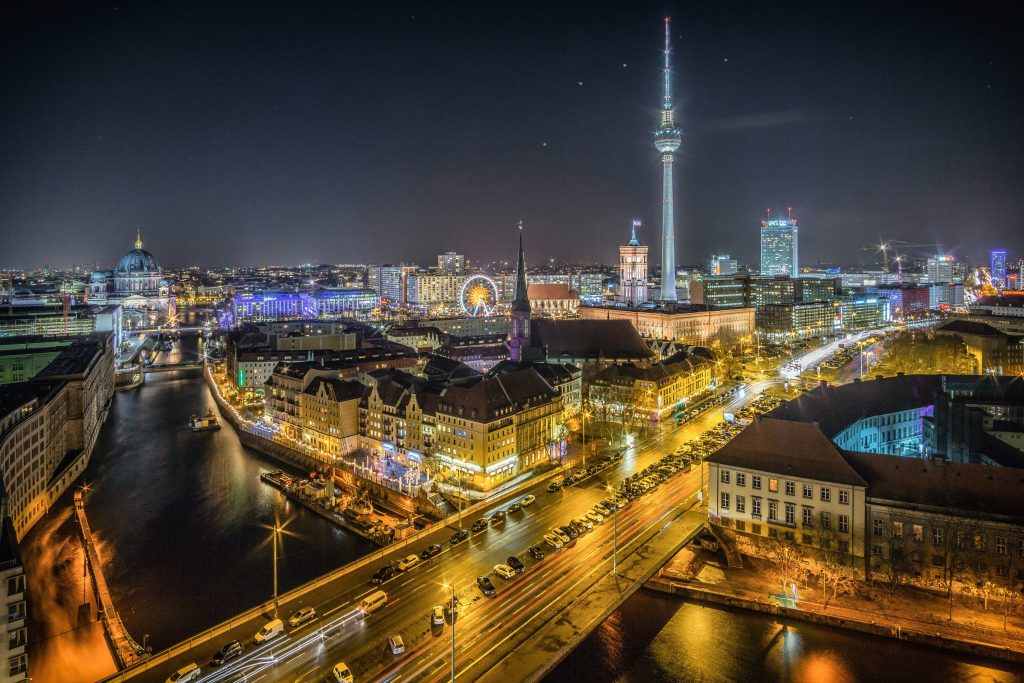
The capital city is home to residents from over 180 different nations and has a population of around 3 748 000 people. Berlin is a world city of culture, politics, media and science. Its economy is based on high-tech firms and the service sector.
Hamburg
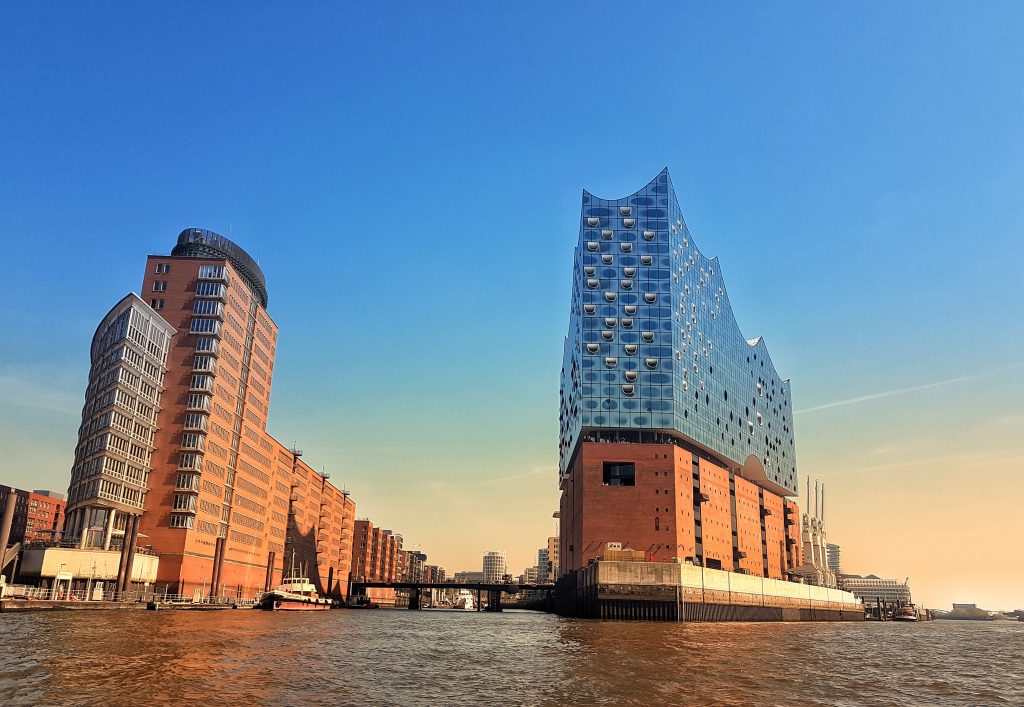
Hamburg with a population of over 1.8 million is a major European science, research, and education hub, with several universities and institutions. The most significant economic unit is the Port of Hamburg.
Munich
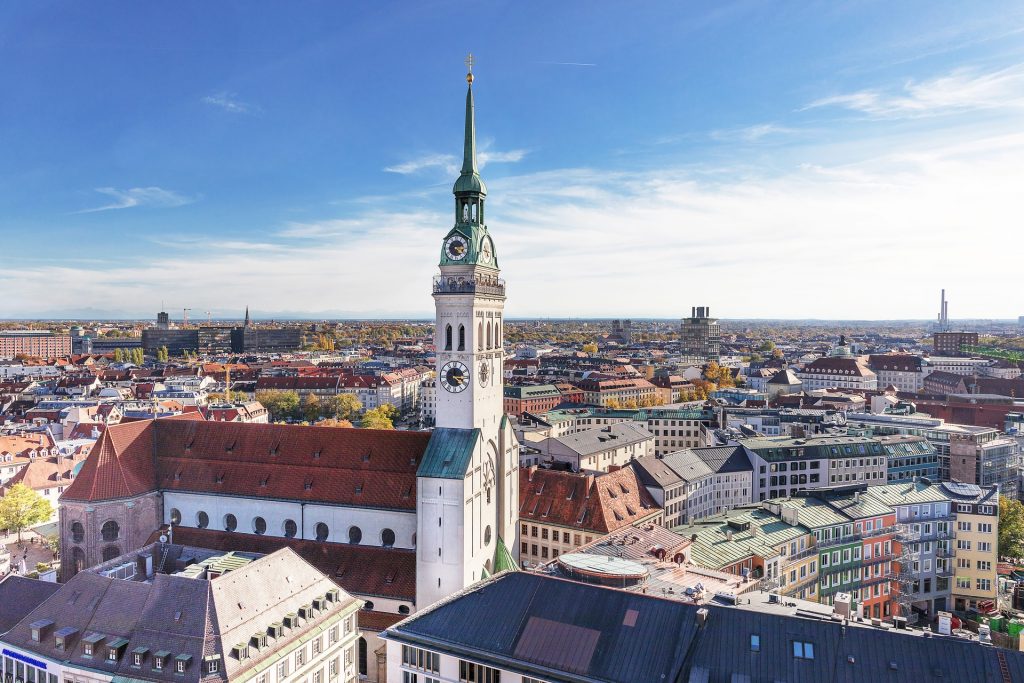
Munich is the capital and most populous city of Bavaria with a population of around 1.5 million. The city is a global center of art, science, technology, finance, publishing, culture, innovation, education, business, and tourism and enjoys a very high standard and quality of living, reaching first in Germany and third worldwide according to the Mercer survey.
Cologne
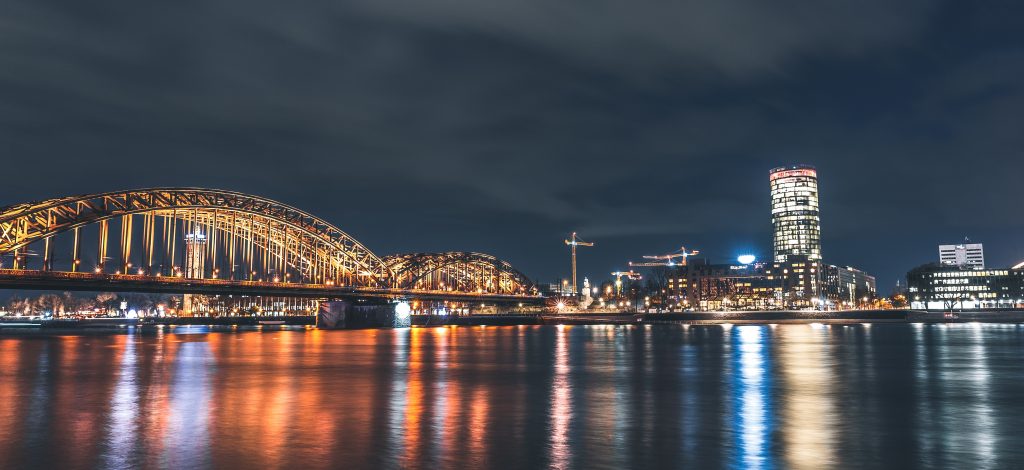
Cologne is the largest city of Germany’s most populous federal state of North Rhine-Westphalia, and is with 1 million+ inhabitants. Cologne is a major cultural center for the Rhineland. It hosts more than 30 museums and hundreds of galleries.
Düsseldorf
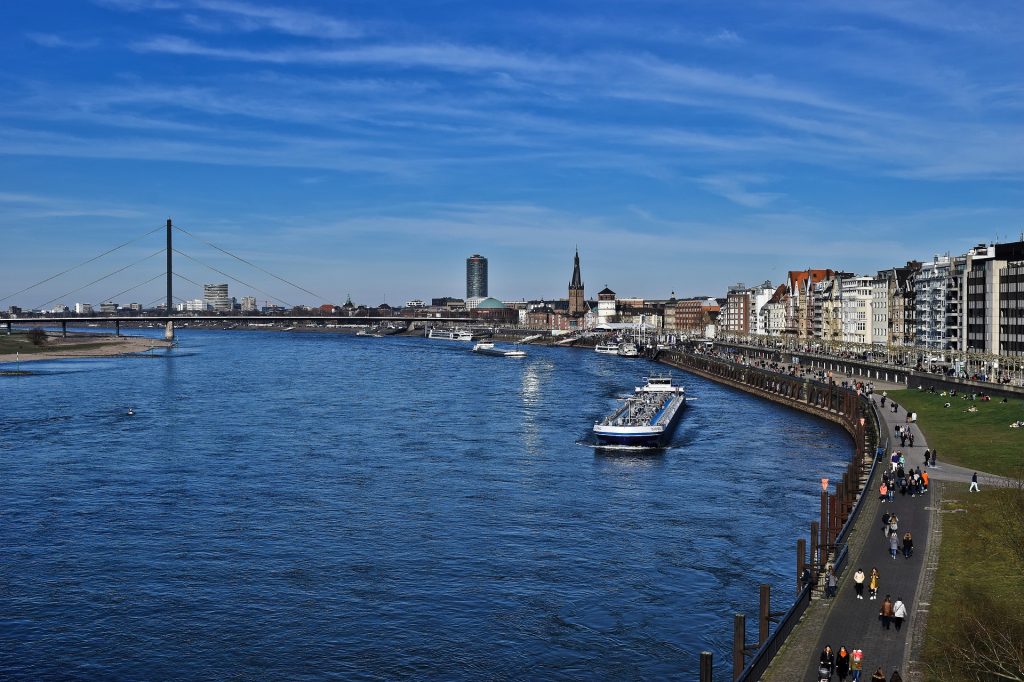
Düsseldorf is the capital and second-largest city of the most populous German federal state of North Rhine-Westphalia after Cologne, as well as the seventh-largest city in Germany with a population of 617,280.
Frankfurt am Main
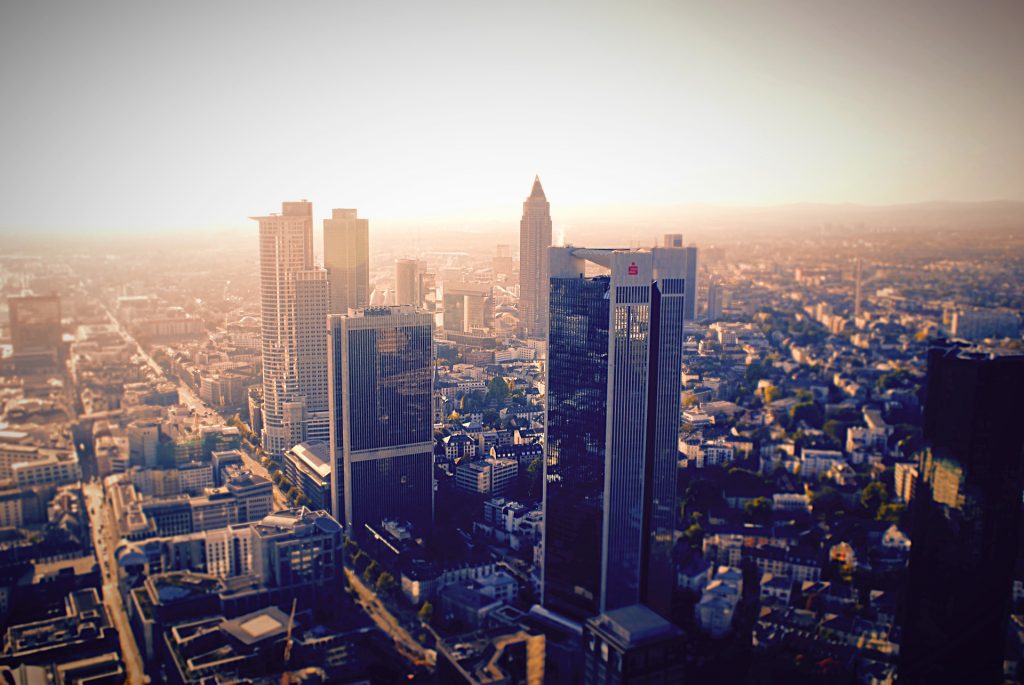
Frankfurt am Main is a metropolis and the largest city of the German federal state of Hesse, and its 746,878 inhabitants make it the fifth-largest city of Germany
Frankfurt is an alpha world city and a global hub for commerce, culture, education, tourism and transportation. It is the site of many global and European corporate headquarters. Frankfurt Airport is among the world’s busiest.
Stuttgart
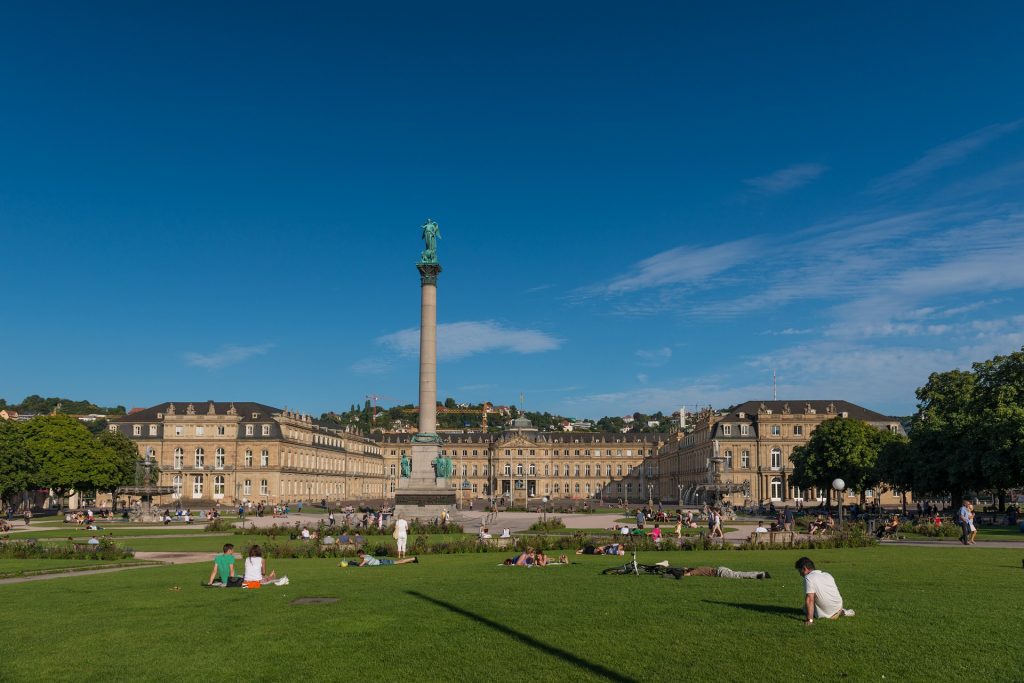
Stuttgart is the capital and largest city of the German state of Baden-Württemberg. Stuttgart is located on the Neckar river and has a population of 609,219, making it the sixth largest city in Germany.
Essen
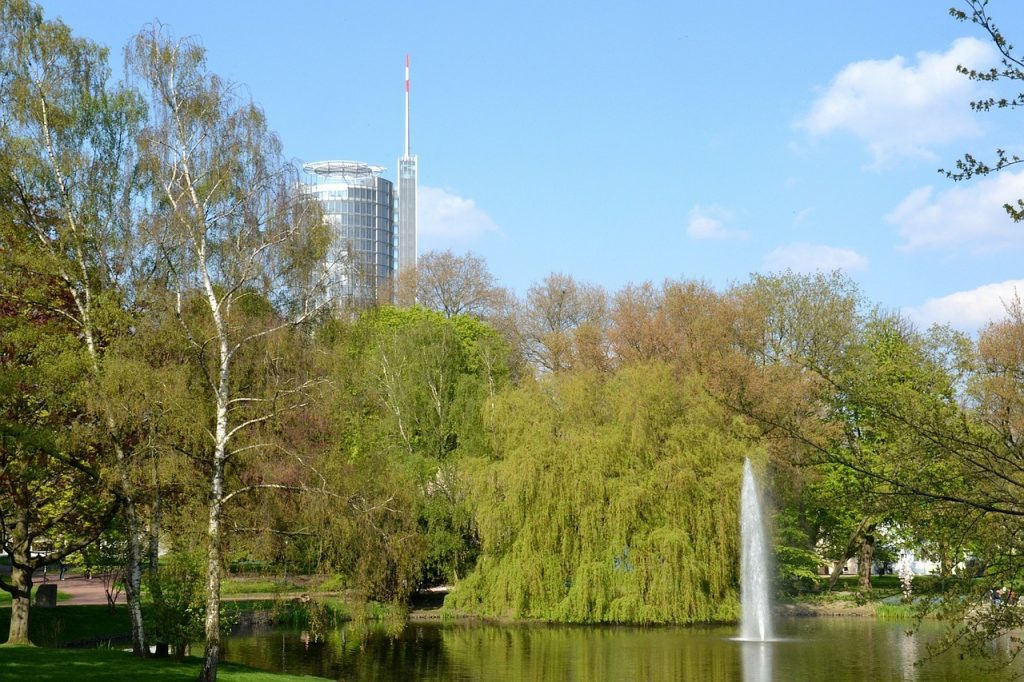
Essen is the central and second largest city of the Ruhr, the largest urban area in Germany. Its population is around 583,393 and it is one of Germany’s most important coal and steel centers.
Dortmund
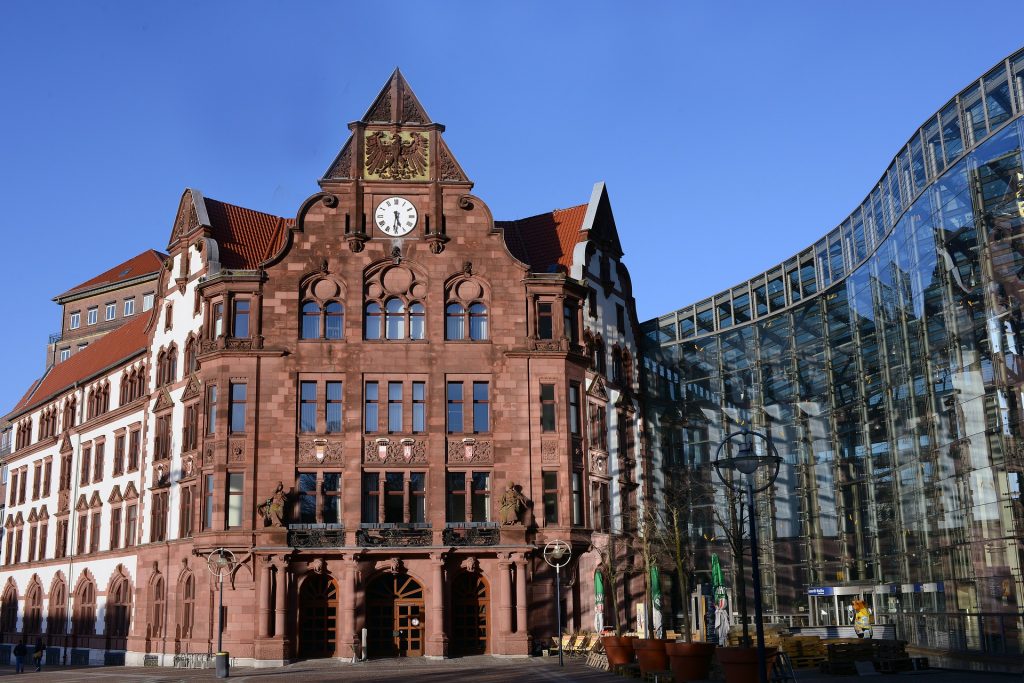
Dortmund is with a population of 586,600 people.
The city is one of Germany’s most important coal, steel and beer centers.
Bremen
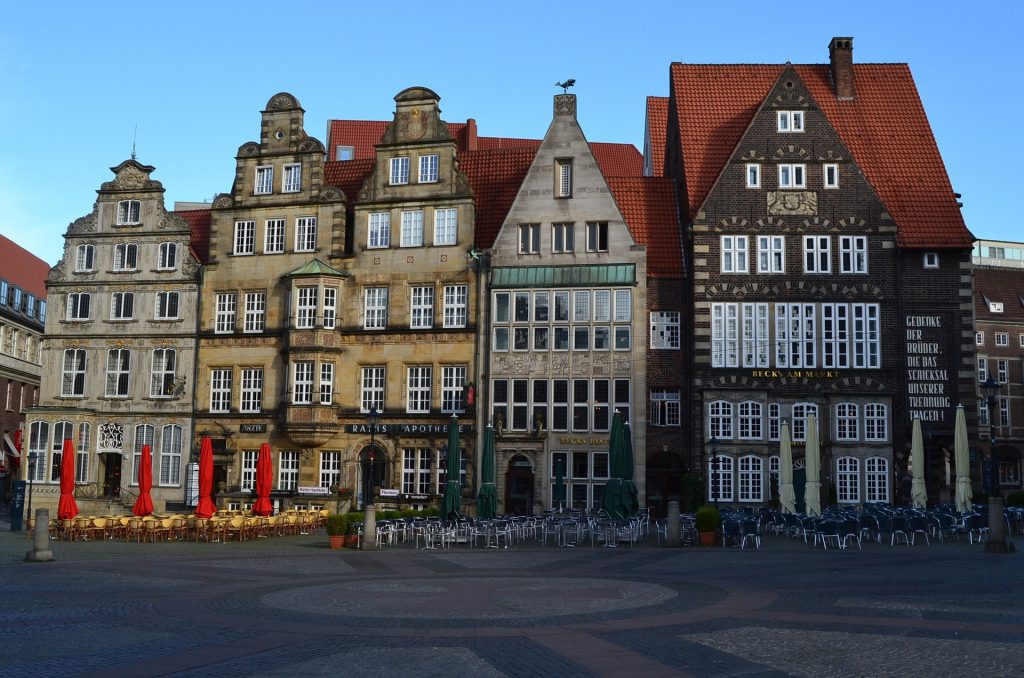
Bremen is a city with 2.5 million people. It is a home to dozens of historical galleries and museums, ranging from historical sculptures to major art museums.
Hannover
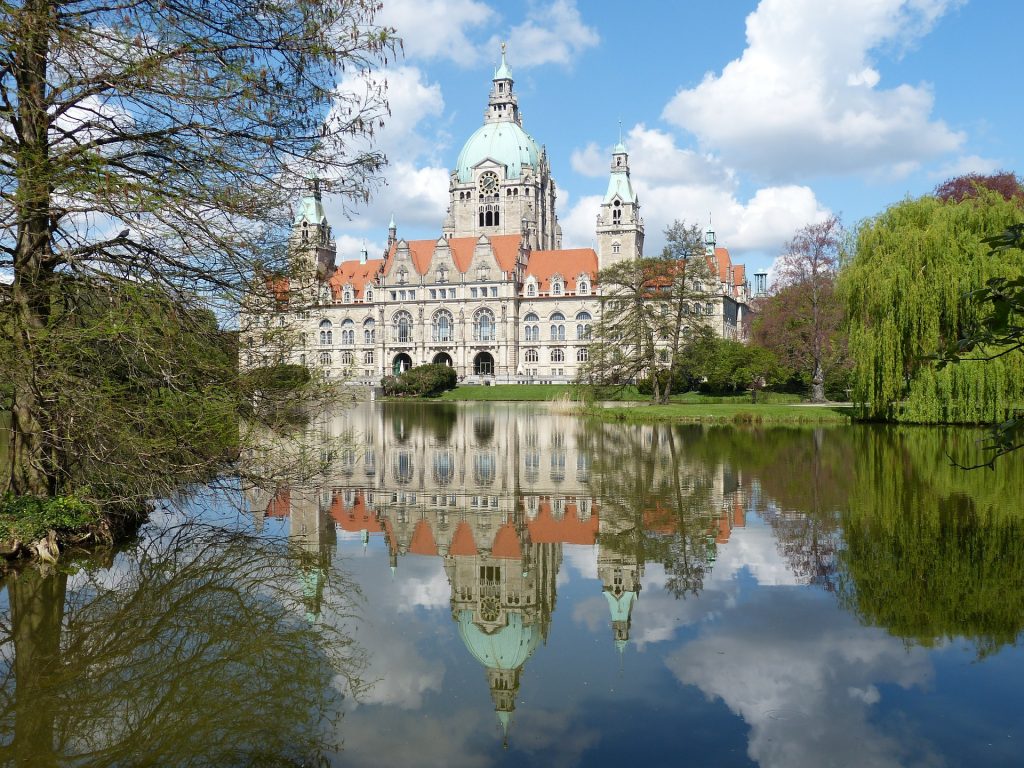
Hannover is the capital and largest city of the German state of Lower Saxony and has around 535,061 inhabitants. The city is a major crossing point of railway lines and highways (Autobahnen), connecting European main lines in both the east-west (Berlin–Ruhr area/Düsseldorf/Cologne) and north-south (Hamburg–Frankfurt/Stuttgart/Munich) directions.
Duisburg
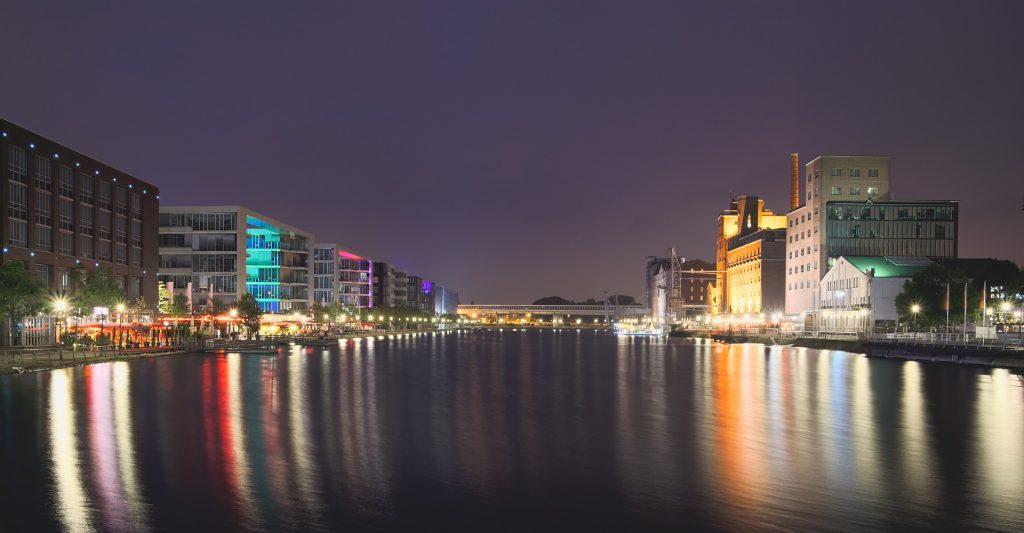
Duisburg is a city of about 500,000 inhabitants and it is in Germany’s Rhineland a major center of iron, steel, and chemicals.
Leipzig
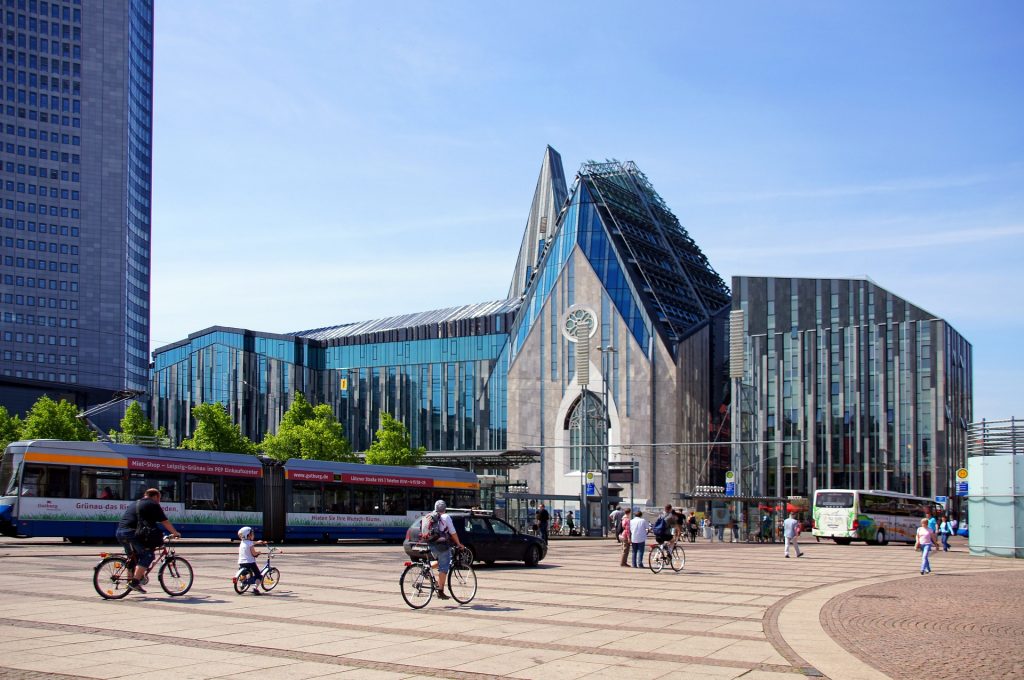
Leipzig has a population of 581,980 inhabitants.
Nürnberg
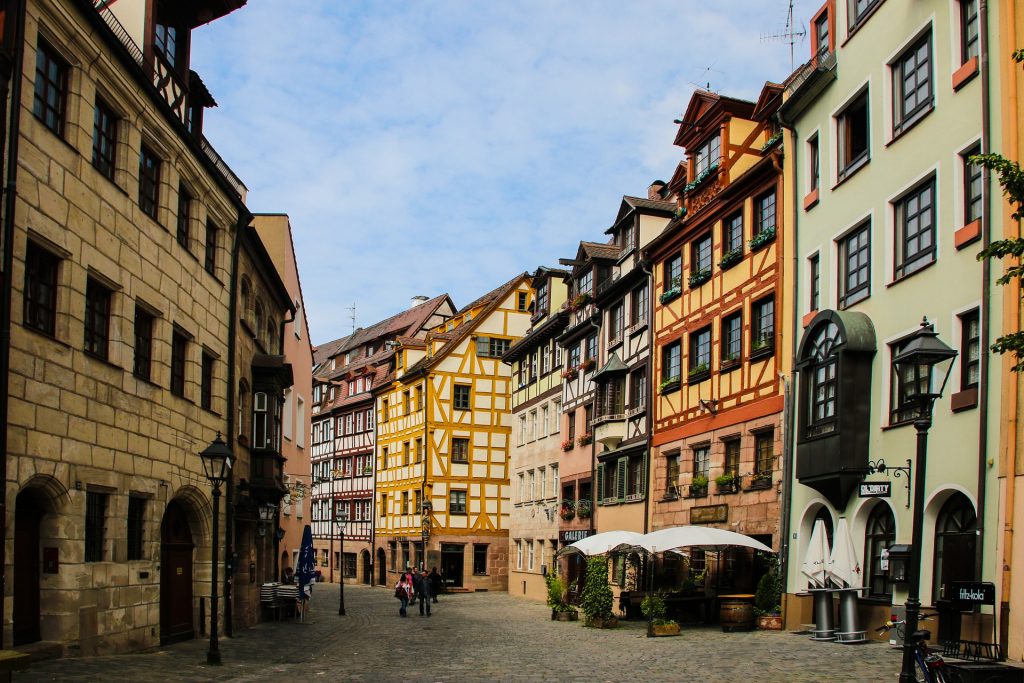
Nuremberg is the second-largest city of the German federal state of Bavaria after its capital Munich, and its around 511,628 inhabitants make it the 14th largest city in Germany.
Dresden
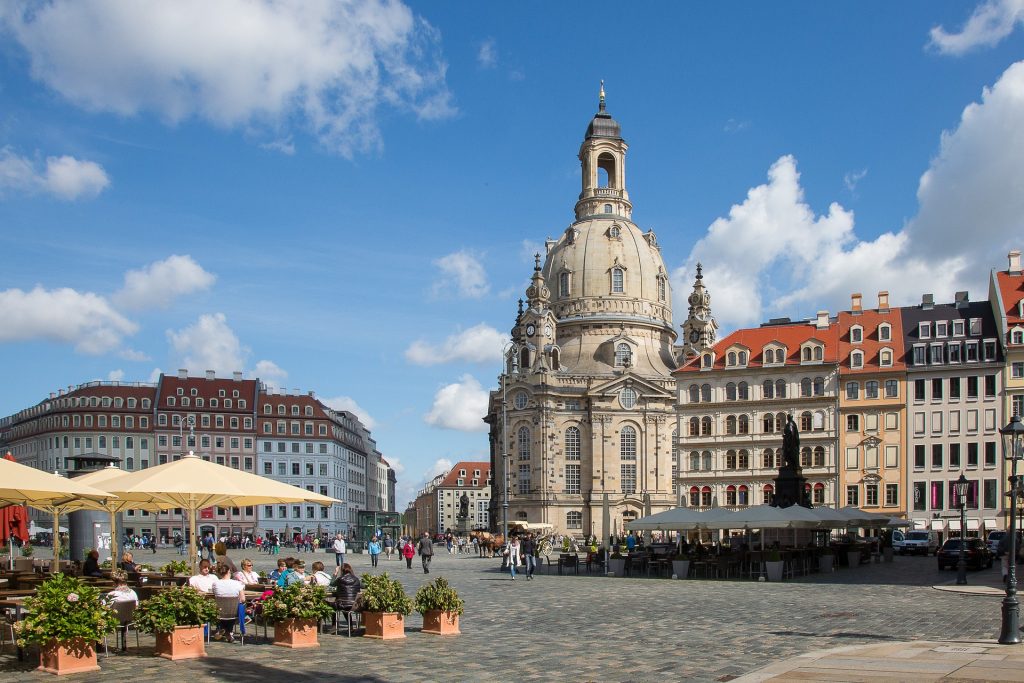
Dresden is the capital city of the Free State of Saxony and its population is around 551,072 people. It is situated in a valley on the River Elbe, near the border with the Czech Republic.
Bochum
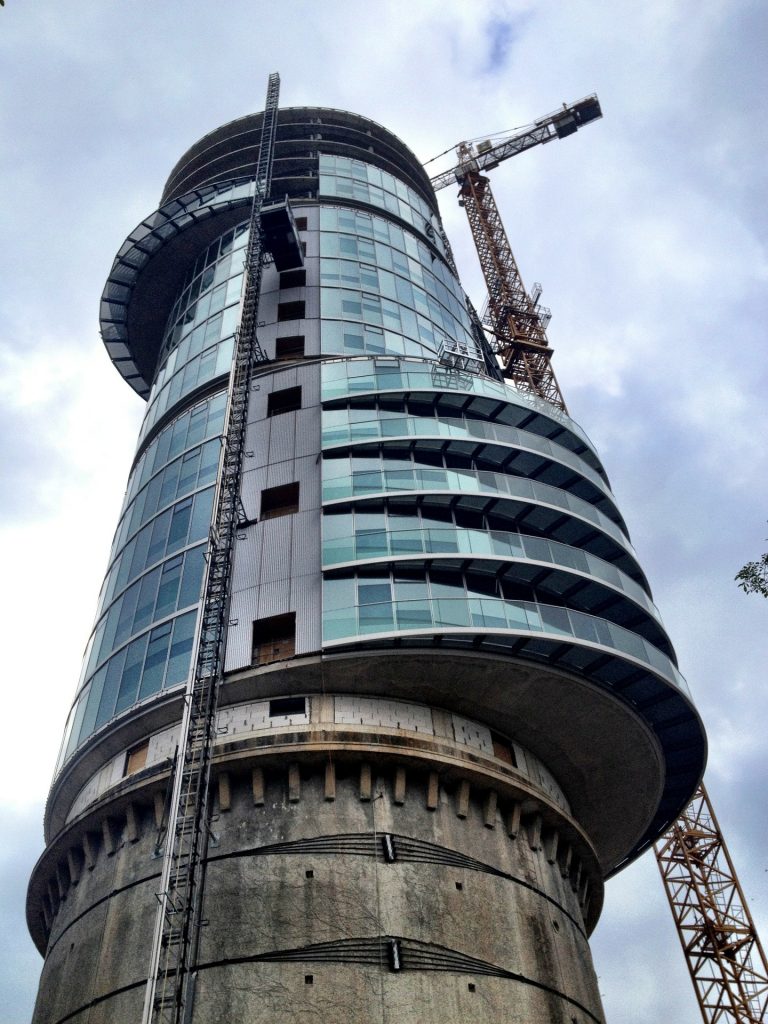
Bochum is the sixth largest city of the most populous German federal state of North Rhine-Westphalia after Cologne, Düsseldorf, Dortmund, Essen and Duisburg, and has a population of around 364,920 inhabitants. There are nine institutions of higher education in the city, most notably the Ruhr University Bochum (Ruhr-Universität Bochum), one of the ten largest universities in Germany, and Bochum University of Applied Sciences (Hochschule Bochum).
Wuppertal
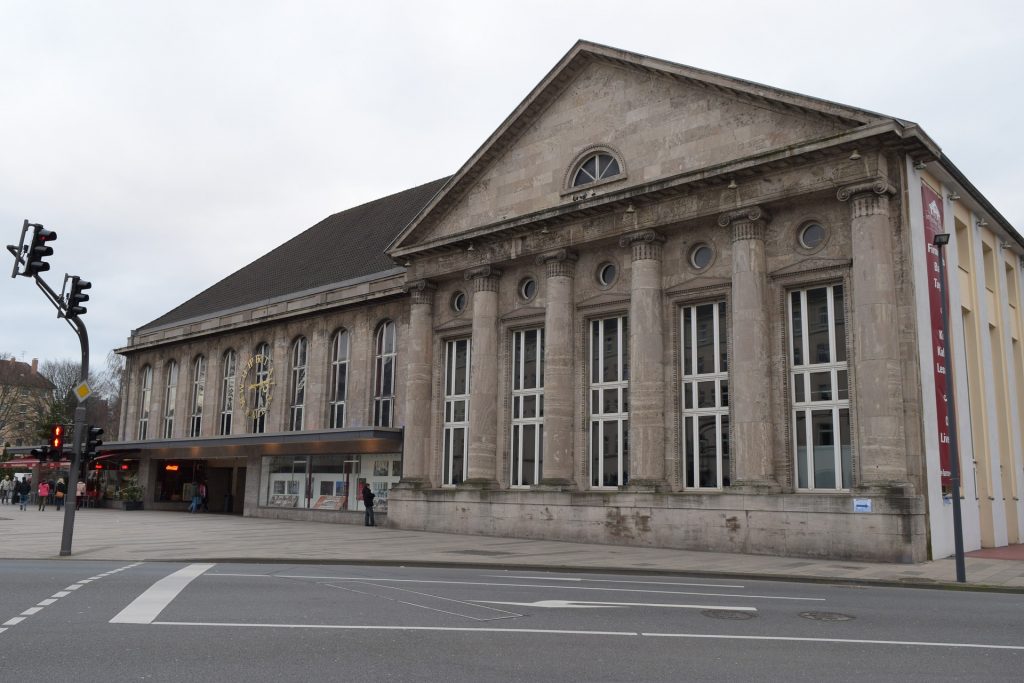
Wuppertal, with a population of approximately 350,000 people, it is the largest city in the Bergisches Land. Wuppertal is known for its steep slopes, its woods and parks, and its suspension railway, the Wuppertal Schwebebahn. It is the greenest city of Germany, with two-thirds green space of the total municipal area.
Bielefeld
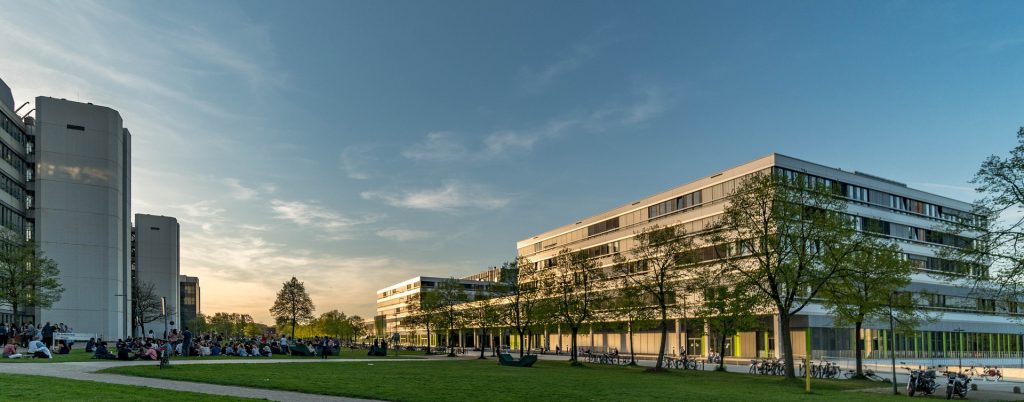
Bielefeld, with a population of 341,730 inhabitants, is a home to a significant number of internationally operating companies.
Bonn
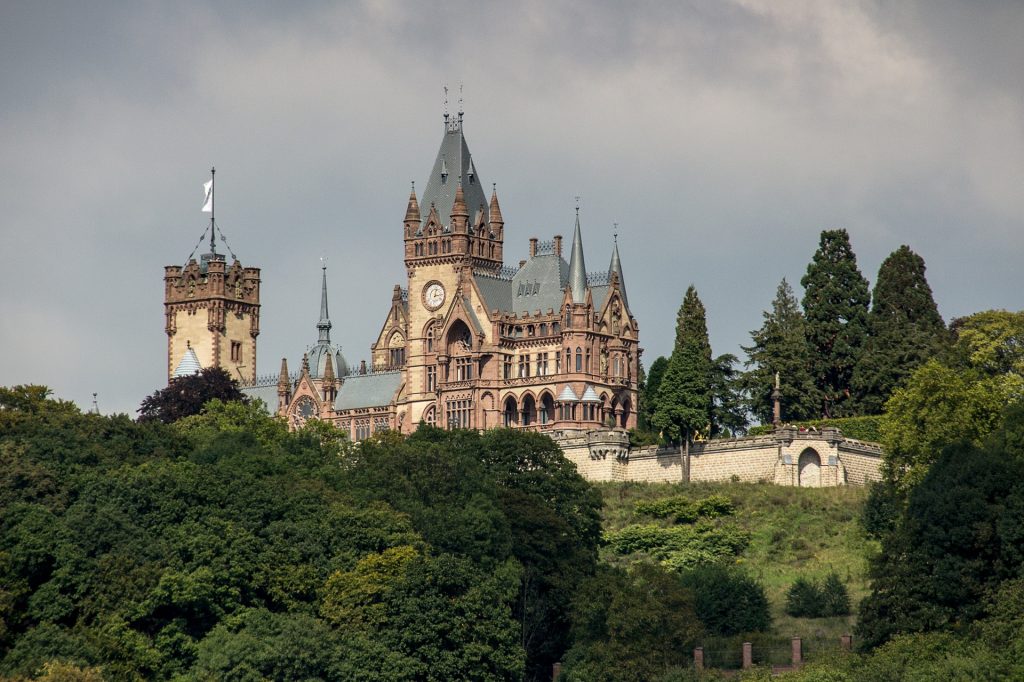
Bonn is one of Germany’s oldest cities and
is a city on the banks with a population of over 300,000 inhabitants.
Karlsruhe
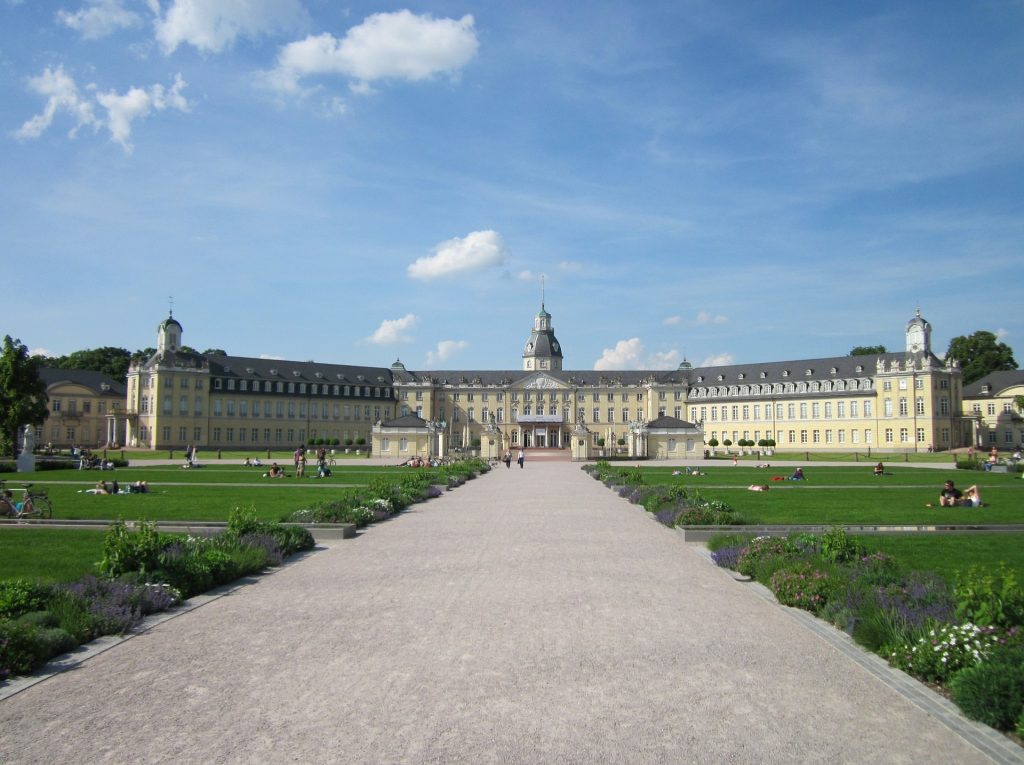
Krlsruhe has around 310,000 inhabitants and it is famous with Germany’s largest oil refinery.
Wiesbaden
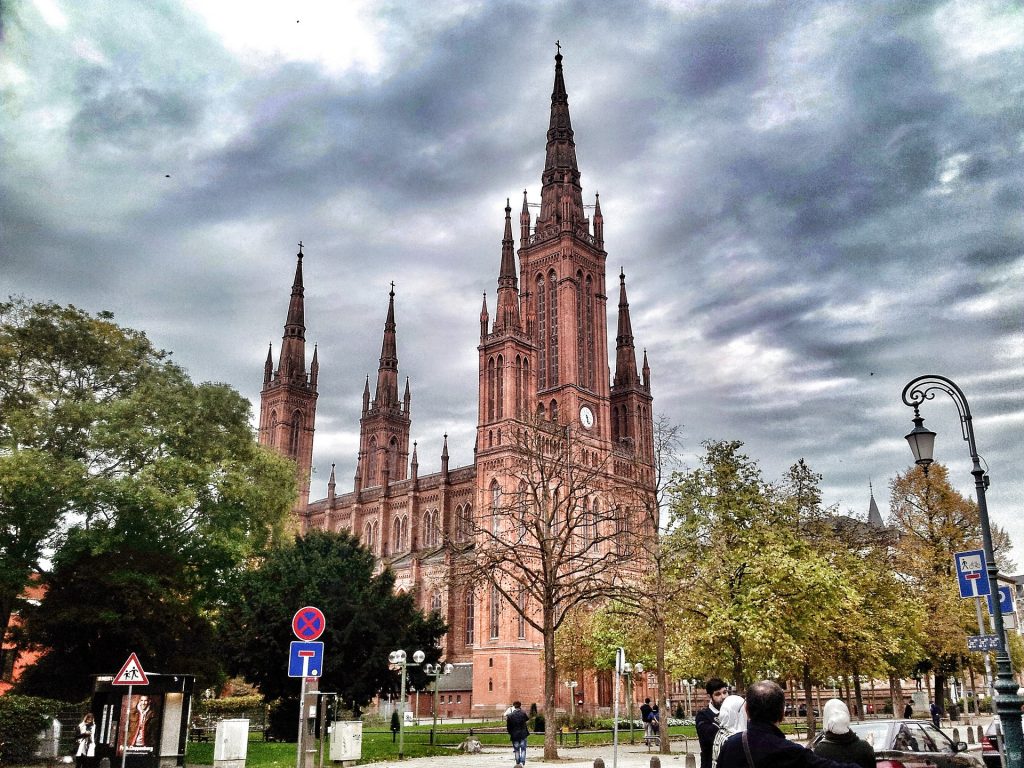
Wiesbaden is the capital of the federal state of Hesse. The Wiesbaden urban area is home to approx. 560,000 people. Wiesbaden is one of the oldest spa towns in Europe. Its name translates to “meadow baths”, a reference to its famed hot springs.
Aachen
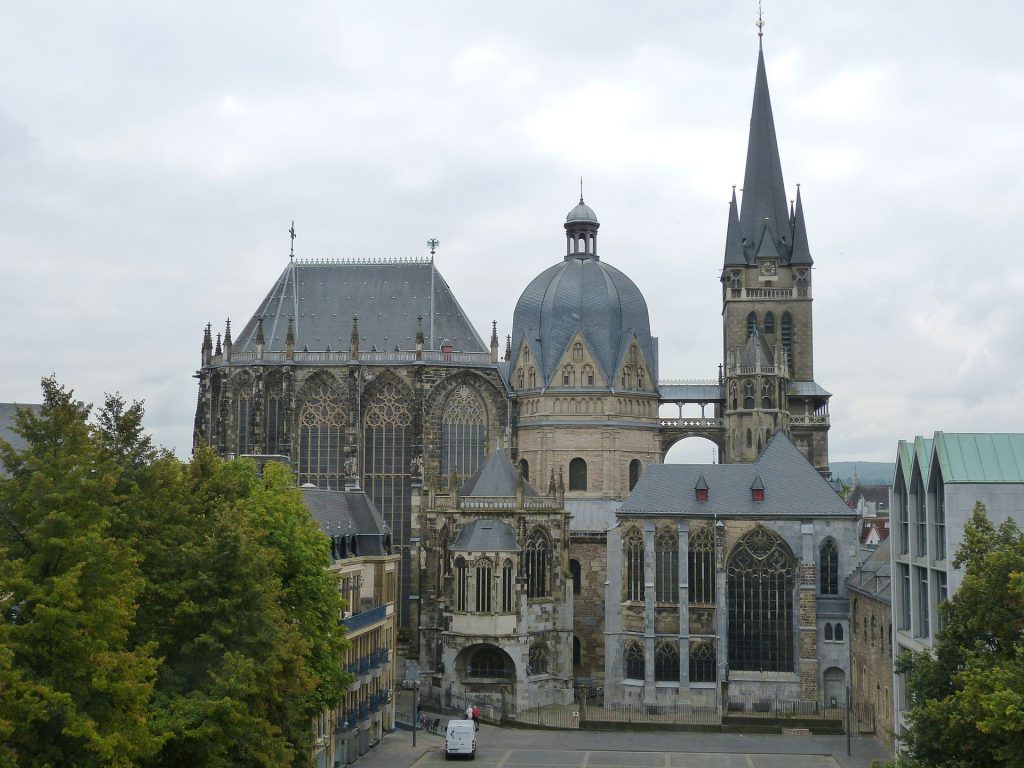
Aachen is with a population of over 246,272 inhabitants. It is the westernmost city in Germany, located near the borders with Belgium and the Netherlands. There is located one of Germany’s leading institutes of higher education in technology. Aachen’s industries include science, engineering and information technology.
Augsburg
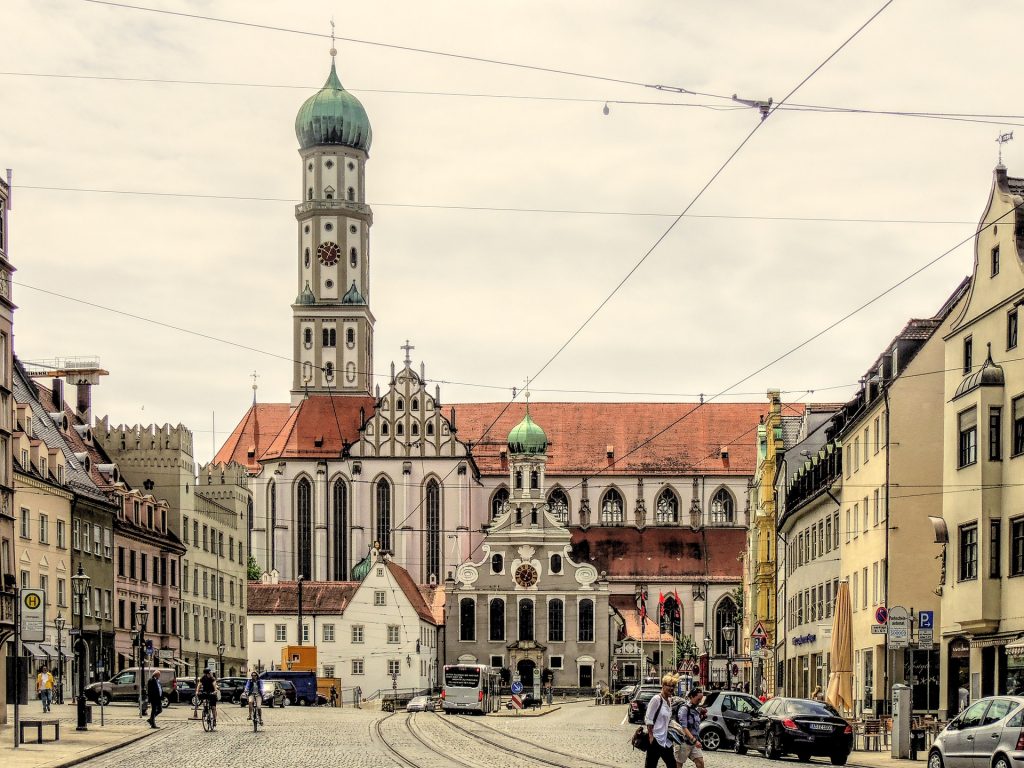
Augsburg is a university town with a population of 300,000 inhabitants.